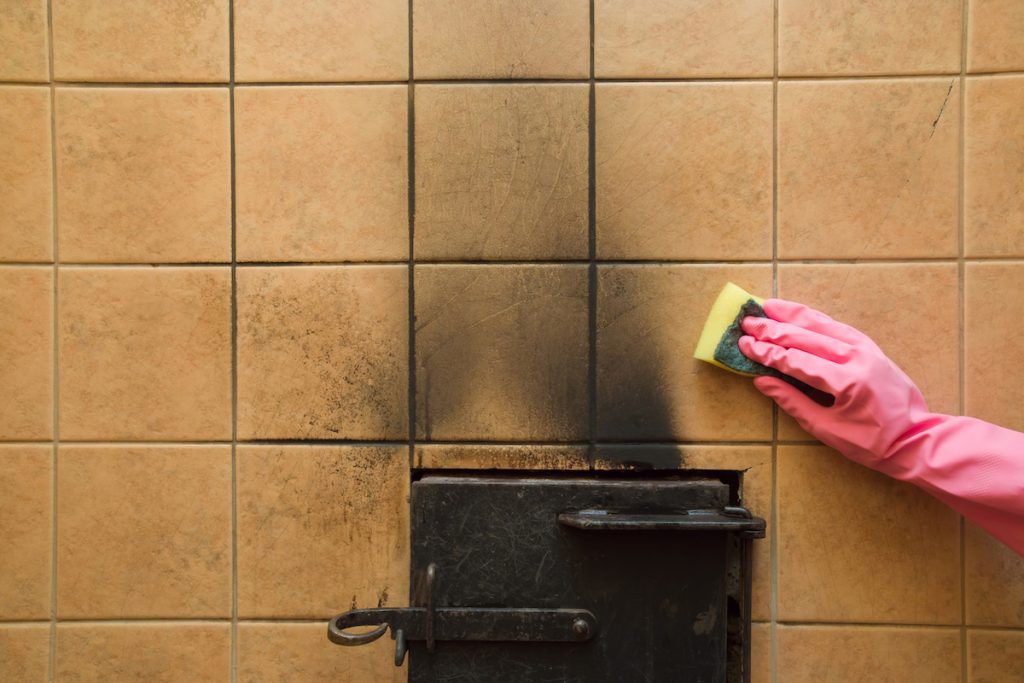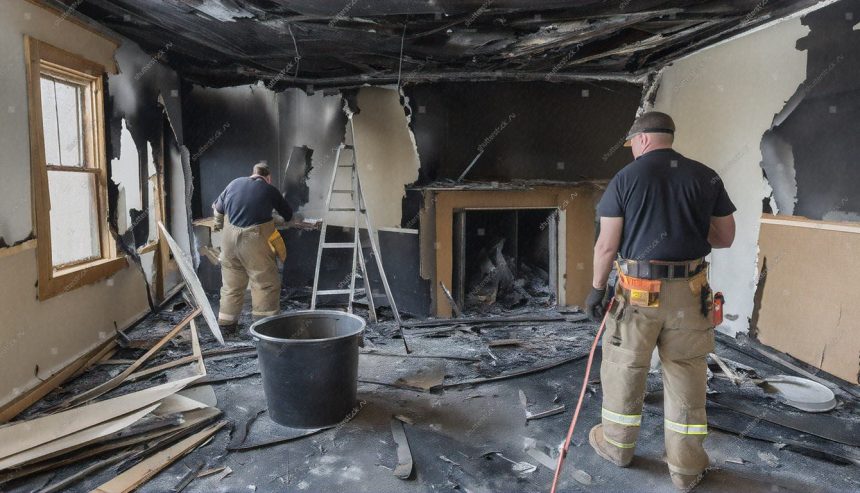When fire strikes your home in Bloomington, professional Fire Damage Cleanup becomes your first critical step to recovery. Beyond the flames, the aftermath—thick soot, stubborn smoke odors, and water damage—can leave you feeling helpless. But with the right restoration strategy, you can reclaim your home and peace of mind.
Table of Contents
In this comprehensive guide, we’ll walk you through:
- The 10 critical steps for effective fire damage restoration
- Why DIY cleanup often fails (and can even make things worse)
- How to navigate insurance claims smoothly
- When to call professional fire damage experts
- How PuroClean of Bloomington provides the fastest, most thorough recovery
Understanding Fire Damage Cleanup: More Than Just Cleaning Soot

Fire Damage Cleanup is a multi-stage process that goes far beyond wiping down walls. A proper restoration involves:
- Soot and debris removal – Fine particles embed in surfaces and corrode materials
- Smoke odor elimination – Lingering smells require advanced deodorization
- Water extraction & drying – Firefighting efforts leave behind moisture that breeds mold
- Structural repairs – Weakened beams, warped floors, and damaged drywall need reinforcement
- Content restoration – Salvaging furniture, documents, and personal belongings
Without professional-grade techniques, hidden damage can worsen over time—leading to long-term health risks and costly repairs.
10-Step Fire Damage Cleanup Process (What the Pros Do)
1. Emergency Contact & Damage Assessment
After the fire department clears your home, call PuroClean of Bloomington immediately. The first 24–48 hours are critical to prevent secondary damage (like mold growth from water used to extinguish flames). Professionals inspect the property to determine the extent of damage—including hidden smoke penetration in walls and HVAC systems.
2. Secure the Property & Prevent Further Damage
Boarding up broken windows, tarping roofs, and sealing off heavily damaged areas keeps your home safe from weather, looters, and additional deterioration.
3. Water Removal & Drying
If firefighters used water, standing moisture must be extracted as soon as possible. Industrial-grade pumps and dehumidifiers prevent mold—a common (and dangerous) post-fire problem.
4. Soot Removal (The Right Way)
Many homeowners make the mistake of wiping soot, which smears it deeper into surfaces. Professionals use:
- Chemical sponges (dry cleaning soot without water)
- HEPA vacuums (capturing microscopic particles)
- Ultrasonic cleaners (for delicate items like electronics)
5. Smoke & Odor Elimination
Smoke odor clings to walls, furniture, and even clothing. Standard cleaning won’t cut it. Restoration experts use:
- Thermal fogging (neutralizes odor molecules)
- Ozone treatment (breaks down stubborn smells)
- Air scrubbers (filter out lingering contaminants)
6. Cleaning & Sanitizing All Surfaces
Every salvageable item—from dishes to photo albums—needs deep cleaning. Professionals use antimicrobial treatments to prevent bacteria growth.
7. Structural Repairs & Rebuilding
This step includes:
- Removing charred drywall & insulation
- Reinforcing weakened structures
- Repainting & refinishing surfaces
8. Content Restoration (Saving Your Belongings)
Specialized techniques can restore furniture, documents, and electronics you thought were lost:
- Document drying chambers (for books and photos)
- Electronics cleaning (corrosion removal)
- Textile restoration (for curtains, clothing, etc.)
9. Final Inspection & Air Quality Testing
Before declaring your home safe, professionals test for:
Remaining soot particles
Airborne toxins
Mold spores
10. Working With Your Insurance
A good restoration company documents all damage, provides detailed reports, and even communicates directly with your insurer to speed up claims.
Why DIY Fire Damage Cleanup Fails (And Can Be Dangerous)
Many homeowners try to handle cleanup themselves to save money, but this often leads to:
Incomplete soot removal – Leading to permanent stains and corrosion
Persistent smoke smells – Because odors penetrate deep into drywall and insulation
Mold growth – From improperly dried areas
Health hazards – Soot contains carcinogens; improper handling risks respiratory issues
Professional fire damage cleanup ensures:
Complete removal of all hazardous residues
Advanced odor elimination (not just masking smells)
Prevention of future damage (like mold or structural weakening)
How long does fire damage restoration take?
This depends on the extent of the damage. Proper assessment will determine the restoration duration.
Can I stay in my home during fire cleanup?
It depends on the damage. If electrical systems, HVAC, or structural integrity are compromised, temporary relocation is safer.
Will my insurance cover fire damage cleanup?
Most homeowners’ policies cover fire restoration. PuroClean of Bloomington can help with documentation and claims.
What items can be saved after a fire?
Surprisingly, many belongings can be restored with professional techniques—even electronics and photos.
Why Choose PuroClean of Bloomington for Fire Damage Cleanup?
When disaster strikes, you need a fast, reliable, and compassionate restoration team. Here’s why Bloomington homeowners trust us:
🚨 24/7 Emergency Response – We’re here when you need us most.
🔬 Advanced Restoration Tech – From thermal fogging to ultrasonic cleaning.
📄 Insurance Claims Help – We work directly with adjusters to maximize your coverage.
💙 Local & Caring Experts – We treat your home like our own.
Don’t let fire damage take over your life. Call (309) 433-0900 now .




 PuroClean Of Bloomington
PuroClean Of Bloomington